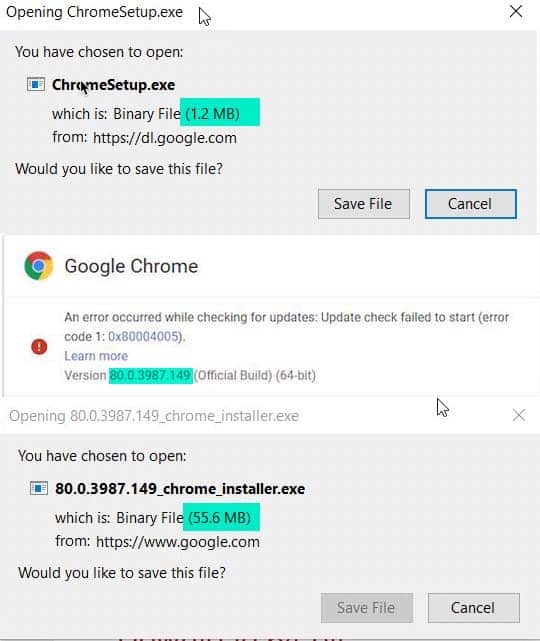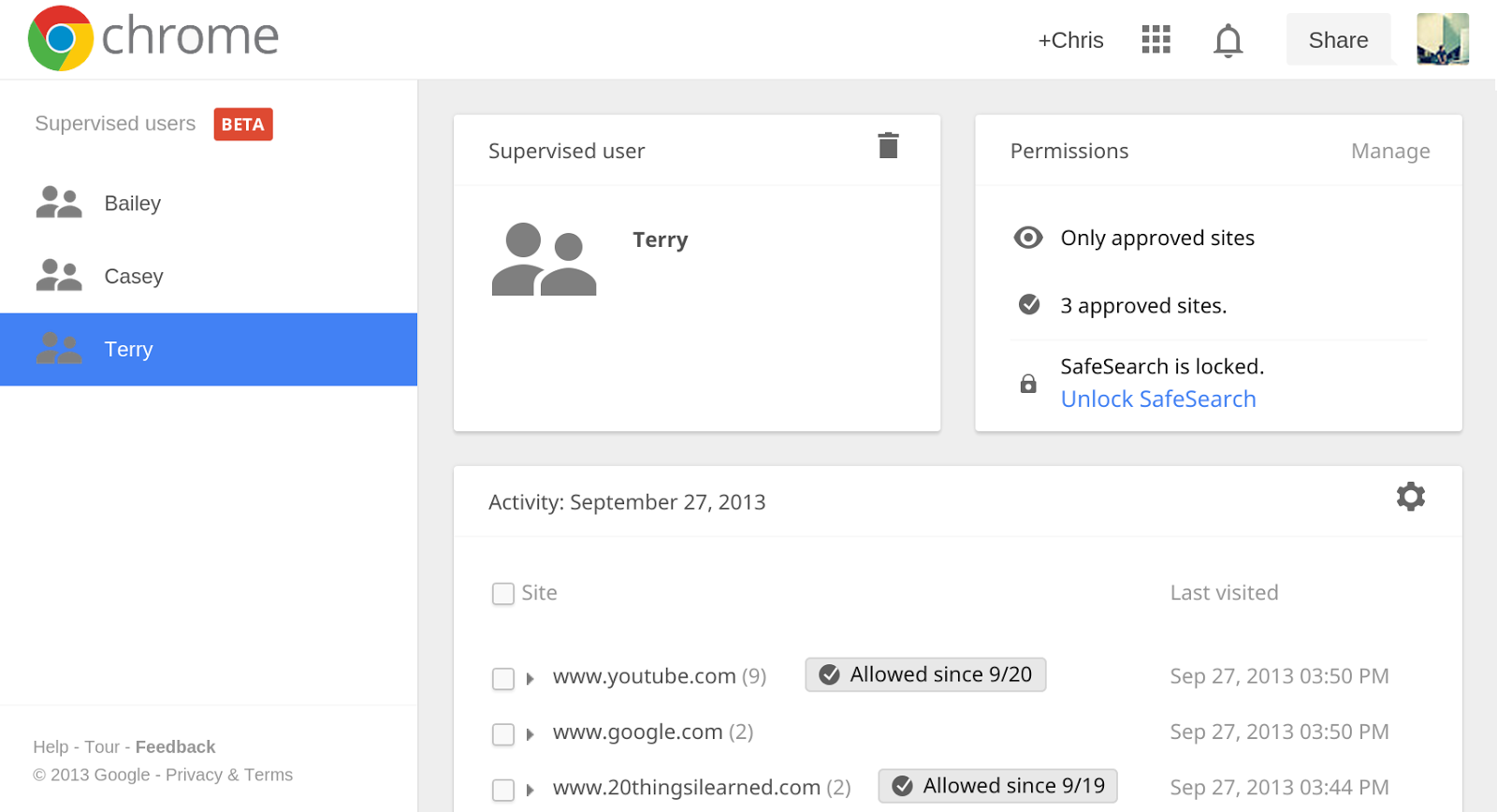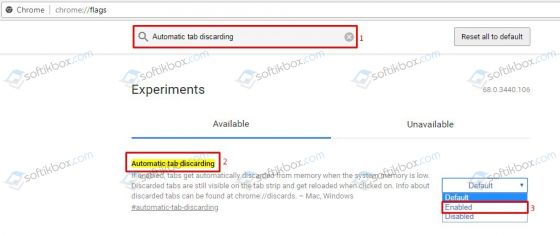Google Chrome 73 Released- For Mac, Linux and Windows with fixes 60 security vulnerabilities.
The Google chrome new version 73 (73.0.3683.75) is released with new security features and improvements. There are 60 security vulnerabilities have been fixed in its new version. The Dark mode for MacOS also included.
Automatically back up photos from your Mac or PC, connected cameras and SD cards. Windows 7 + Mac. MacOS 10.9 + Thanks for downloading Backup and Sync. Get the Google Photos app to back up and view photos on your Android and iOS devices.

- The first stable release in macOS and Linux was Google Chrome 5.0.375. The first stable release on Android was Chrome 18.0.1025123 (Chrome for Android). Versions 6–32 had Google Chrome Frame counterparts, until its development was discontinued. failed verification Chrome 21 was the last supported version on Mac OS X 10.5.
- Versions 6–32 had Google Chrome Frame counterparts, until its development was discontinued. failed verification Chrome 21 was the last supported version on Mac OS X 10.5. As of Chrome 26, Linux installations of the browser may be updated only on systems that support GCC v4.6 and GTK v2.24.
- Out of nowhere, the chrome extension is no longer connecting to my Microsoft To Do account on a Mac running MacOS 10.15.6. I have deleted an reinstalled the extension several times without success. I also have reinstalled Chrome without success. The first time I click on the extension it seems to be able to login to my office 365 account.
Following vulnerabilities have been fixed.

- Command line command injection on Windows
- CSP bypass with Javascript URLs’.
- Heap buffer overflow in V8
- Excessive permissions for private API in Extensions.

The Chrome team is delighted to announce the promotion of Chrome 73 to the stable channel for Windows, Mac and Linux. This will roll out over the coming days/weeks. Chrome 73.0.3683.75 contains a number of fixes and improvements — a list of changes is available in the log.
This update includes 60 security fixes. Below, we highlight fixes that were contributed by external researchers.
How to get updates for macOS Mojave or later
If you've upgraded to macOS Mojave or later, follow these steps to keep it up to date:

- Choose System Preferences from the Apple menu , then click Software Update to check for updates.
- If any updates are available, click the Update Now button to install them. Or click ”More info” to see details about each update and select specific updates to install.
- When Software Update says that your Mac is up to date, the installed version of macOS and all of its apps are also up to date. That includes Safari, iTunes, Books, Messages, Mail, Calendar, Photos, and FaceTime.
To find updates for iMovie, Garageband, Pages, Numbers, Keynote, and other apps that were downloaded separately from the App Store, open the App Store on your Mac, then click the Updates tab.
To automatically install macOS updates in the future, including apps that were downloaded separately from the App Store, select ”Automatically keep my Mac up to date.” Your Mac will notify you when updates require it to restart, so you can always choose to install those later.
How to get updates for earlier macOS versions
If you're using an earlier macOS, such as macOS High Sierra, Sierra, El Capitan, or earlier,* follow these steps to keep it up to date:
- Open the App Store app on your Mac.
- Click Updates in the App Store toolbar.
- Use the Update buttons to download and install any updates listed.
- When the App Store shows no more updates, the installed version of macOS and all of its apps are up to date. That includes Safari, iTunes, iBooks, Messages, Mail, Calendar, Photos, and FaceTime. Later versions may be available by upgrading your macOS.
Install Google Chrome For Mac
To automatically download updates in the future, choose Apple menu > System Preferences, click App Store, then select ”Download newly available updates in the background.” Your Mac will notify you when updates are ready to install.
Firefox For Mac
* If you're using OS X Lion or Snow Leopard, get OS X updates by choosing Apple menu > Software Update.
Google Chrome For Mac Os X
How to get updates for iOS
Learn how to update your iPhone, iPad, or iPod touch to the latest version of iOS.
Learn more

- Learn how to upgrade to the latest version of macOS.
- Find out which macOS your Mac is using.
- You can redownload apps that you previously downloaded from the App Store.
- Your Mac doesn't automatically download large updates when it's using a Personal Hotspot.

Comments are closed.